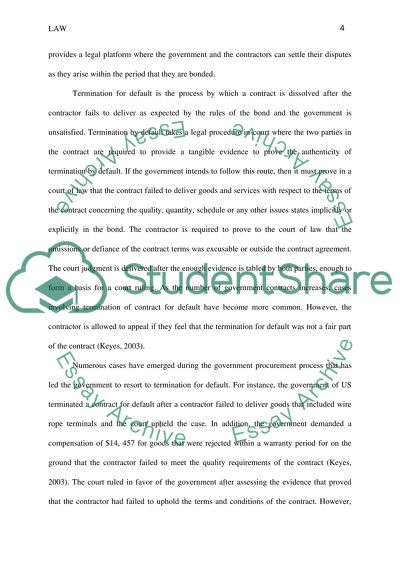Cite this document
(“FAR Default and Dispute Research Paper Example | Topics and Well Written Essays - 1750 words”, n.d.)
Retrieved from https://studentshare.org/law/1485246-far-default-and-dispute
Retrieved from https://studentshare.org/law/1485246-far-default-and-dispute
(FAR Default and Dispute Research Paper Example | Topics and Well Written Essays - 1750 Words)
https://studentshare.org/law/1485246-far-default-and-dispute.
https://studentshare.org/law/1485246-far-default-and-dispute.
“FAR Default and Dispute Research Paper Example | Topics and Well Written Essays - 1750 Words”, n.d. https://studentshare.org/law/1485246-far-default-and-dispute.


